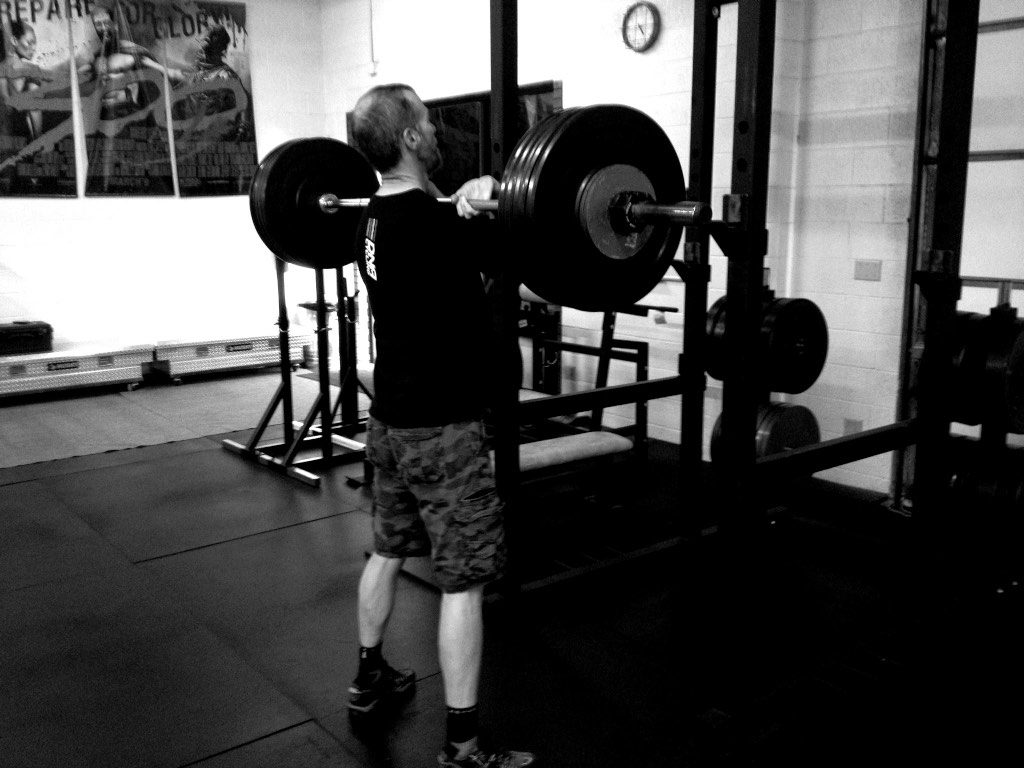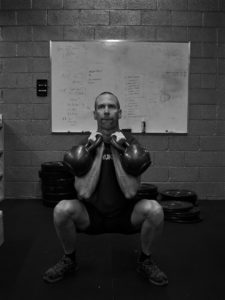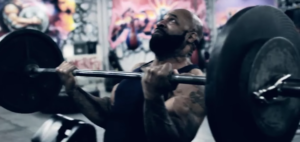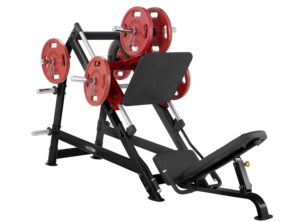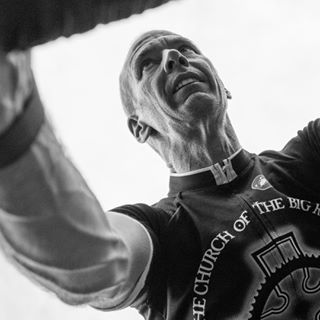At WUKAR Fit we believe that strength and endurance go hand in hand. Everything else being equal (tactics, ability, etc) from a 5k running race to an extreme event like the 200+ mile LoToJa bike race, the athlete with the most strength at the end will win. The athlete who has optimized both their max strength and their aerobic system will typically be injured less often, have lower body fat, and have more energy for training and racing.
For years endurance athletes and coaches alike avoided the weight room like it was Ebola. The thinking was strength and endurance were mutually exclusive. Absolutely not true. While it is true no world class cyclist will ever win a power lifting meet and vice versa it is important to consider what it means to be strong for your sport.

Legendary strength coach Dan John has a list of strength standards that he uses with his athletes. My mentors at Gym Jones use standards as well. Standards are important but they should also be just one part of the puzzle. Factors such as age, injuries, experience may require adjustments. Use them as guide posts rather than absolutes. For endurance athletes I like my students to shoot for the following:
- 15 Strict Push -Ups Male, 10 Female
- 10 Pull-Ups Male, 3 Female
- Deadlift: 150% Body weight male and female
- Front Squat (thighs parallel): 150% Body Weight for Men, Body Weight for women
I find that barring any pre-existing conditions that may contraindicate the above moves those numbers can be hit with a proper plan with no associated weight gain. The numbers listed above are meant to be baseline numbers. I have known many elite endurance athletes who have double body weight squats and deadlifts. Find a qualified coach to teach you these lifts. Squats and deadlifts have a bad rap because people (me included) jump in and try to do too much too fast without first mastering the basics. Done properly you will never get hurt doing these lifts. If you are new to training I would suggest not even trying to do a 1 rep max test. It is safer to use a 3 rep test. Work up to a weight you can lift 3 times then multiply by 1.07. As an endurance athlete beginning a strength training regimen we are only concerned with “close enough” when it comes to max lifts.
Studies suggest that a big benefit from lifting for a cyclist is improvement in cycling economy (CE) and efficiency. Simply put as you CE increases you can ride faster and longer at a lower heart rate. From the pro to the schmo increasing CE is a way to get free speed. Improving CE can be especially valuable for masters athletes as a way to offset the age related decline in VO2 max. Similar results have been demonstrated in tests with running and the corresponding increase in running efficiency.
I will say again. Being stronger is always better. Especially for the endurance athlete. Skip the weights at your peril. A proper program only requires 45-60 minutes 2-3 days a week. Your sport specific work is always protected and will always be the priority. Done right you should not be so sore from your strength work that is impacts your ride or run.

